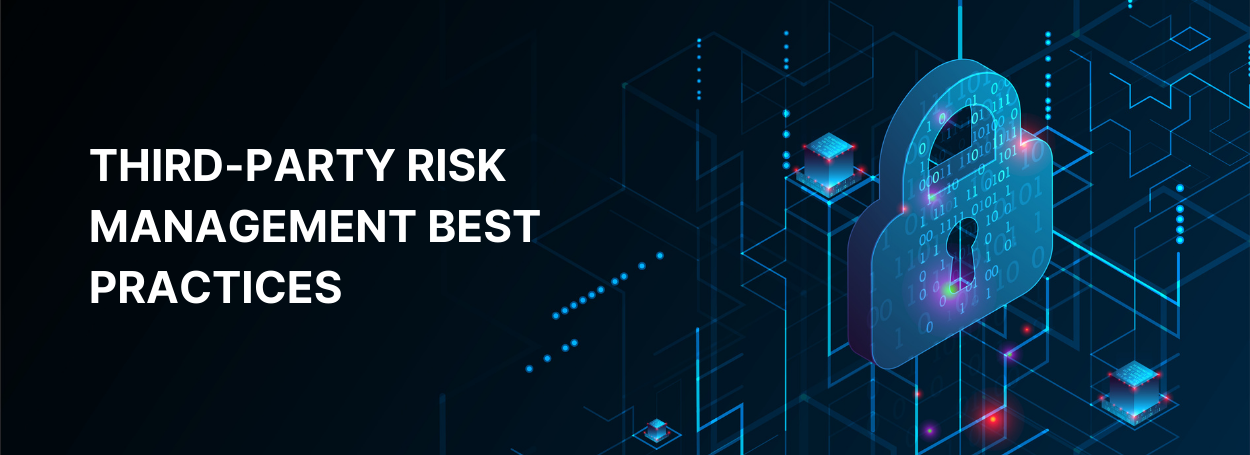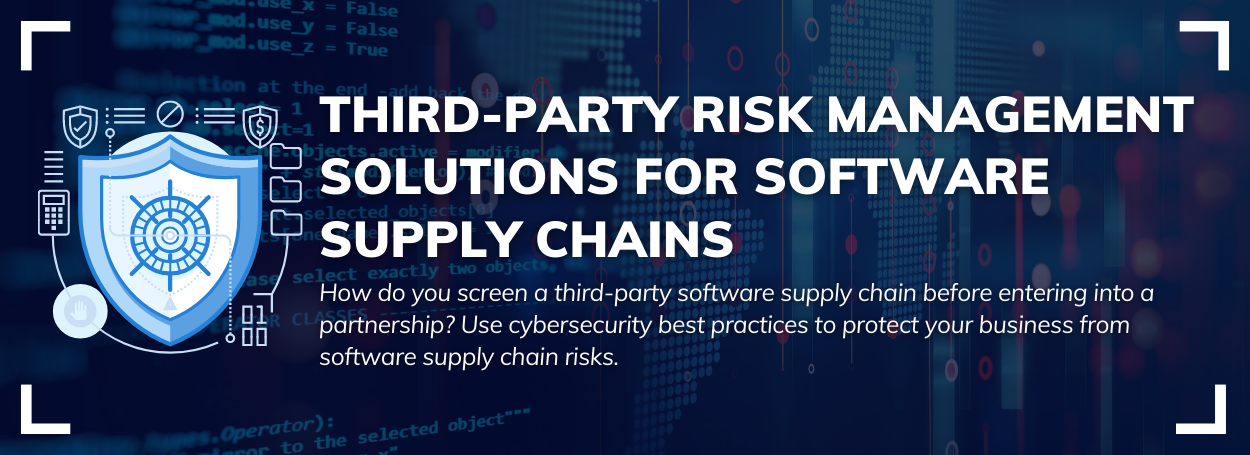Inherent Risk vs. Residual Risk: What is the Difference?

Enterprise Risk Management (ERM) has become a priority for companies of all sizes in a business landscape full of operational, financial, reputational, and overall security risks.
Addressing the various types of risks and the amount of risk your organization is exposed to is key to optimizing your business processes, safeguarding your data and information systems, and protecting your stakeholders.
ERM comprises several tasks, such as performing risk assessments, overseeing third-party risk management (TPRM), and creating the appropriate risk controls.
Conducting these tasks relies heavily on your business’s ability to assess its risk factors and determine its risk appetite and risk tolerance. In this regard, it’s essential to also understand the difference between your inherent risks and your residual risks.
These last two concepts are vital to protect your organization and guide your risk controls and risk management policies.
Inherent Risk and Residual Risk Defined
Inherent risk is the level of risk calculated for a particular event or threat, in the absence of controls or before considering current controls.
It is the initial amount of risk and is a metric used to determine the inherent impact of risks so that the business can address them accordingly.
For example, suppose the amount of cybersecurity risk associated with implementing third-party cloud services in your organization falls within pre-determined, acceptable levels. In that case, it may not require any mitigation measures.
In contrast, residual risk is the risk metric that assesses the impact of internal controls and mitigation measures on the inherent risk and what amount of risk remains.
This is useful within risk analysis to understand if a risk is within the company’s tolerance levels and determine the effectiveness of mitigation processes within your internal controls environment.
Understanding the difference between these two elements is key to taking full advantage of vendor risk management software and minimizing risks and vulnerabilities within your organization.
Examples of Inherent Risk
All industries face inherent risks, especially those with strict regulations such as financial institutions and healthcare facilities.
Some examples of inherent risks present in these sectors are:
Accidental Data Loss
The risk of human error is always present and can be magnified when there are several activities under the responsibility of the same individual.
For example, employees may inadvertently delete critical information or generate misstatements based on inaccurate or out-of-date information if there are no adequate controls and information security systems in place.
Inappropriate Data Handling
When it comes to sensitive data like financial account information, there is a high risk of handling the information inappropriately, incurring non-compliance with the Payment Card Industry Data Security Standard (PCI DSS).
The more sensitive data a company processes, stores, or transfers, the greater the inherent risk of handling it.
Third-Party Risks (aka Vendor Risk)
Nowadays, it is almost impossible not to rely on vendors to carry out company operations. Thus, establishing a risk profile for all third-party vendors is key to determining the relationship’s viability and any inherent risk they present.
Examples of Residual Risk
Companies choose to address inherent risk by either avoiding, reducing, transferring, or accepting it during the risk management process.
These treatments may result in residual or remaining risks that cannot be mitigated or require new measures to reach acceptable risk tolerance levels.
Like with inherent risk, any residual risk can be handled similarly depending on its severity, and the companies risk tolerance levels.
For example, suppose your company decided to avoid the risk related to using a third-party cloud provider. In that case, there could be a residual risk of not meeting your organization’s revenue goals due to productivity loss from not implementing the tool.
Another example is an investment where the inherent risk that the asset loses value is accepted if the business considers that the potential gain-benefit outweighs the residual risk that remains from not terminating the investment.
Critical Differences Between Residual Risk and Inherent Risk
The main difference between these two metrics lies in the stage where they are calculated.
While inherent risks are calculated before developing or taking into account internal controls, residual risks are calculated taking into account the mitigation measures in place.
Unlike inherent risks, residual risks do not disappear in full. There will always be a level of risk remaining after implementing internal controls.
How Vendor360 Can Help You Mitigate Risk
As your company grows, you may discover that your risk tolerance shifts, mainly when working with third-party vendors, a commonality among many industries that won’t be going away any time soon.
Keeping track of third-party providers and the potential threats they pose to your company and its shareholders quickly become too cumbersome to manage via spreadsheets as your organization grows.
Vendor360 is a sophisticated and adaptable third-party risk management tool for gathering vendor data, automating assessments, and identifying your most immediate and severe risks–all the core benefits needed in a vendor risk management solution.
TPRM software features can also help you speed pre-contract inherent risk analysis for new vendors by delivering questionnaires to numerous internal teams and managing inherent risk at each vendor’s engagement, product, and service levels.
The platform delivers an easy user experience combined with deep automation and analytics to ease most of the process. It also employs inherent risk analysis for thorough vendor due diligence and evaluation of vendor controls.
You can track evaluation progress, control due dates, and check the status of questionnaires throughout the third-party portfolio using Vendor360.
Learn more about Vendor360 by scheduling a free demo today.


